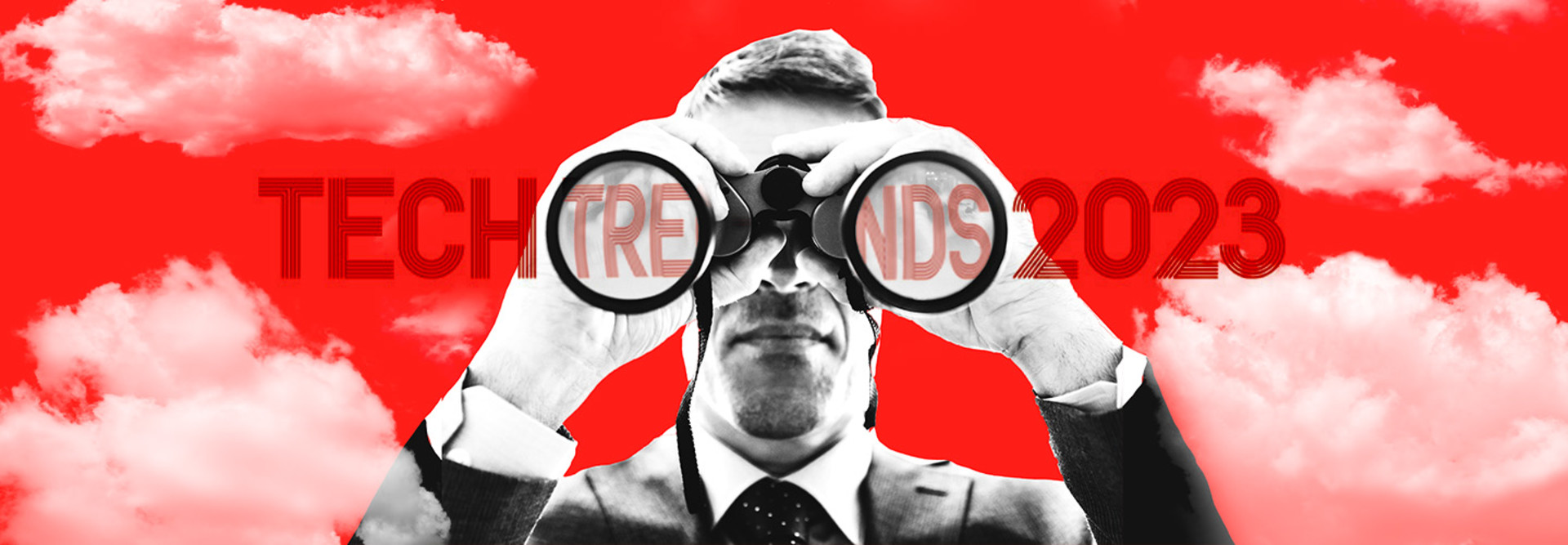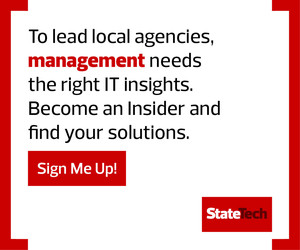Agencies Can Quickly Allocate Resources to Government Employees
Agencies can quickly provision resources in a modern digital workspace through identity and access management, a truly powerful trend that StateTech has noted for the second year in a row.
Identity and access management solutions generally provide employees with a single sign-on, empowering them to access vital solutions for their day-to-day work. Government IT administrators can seamlessly provision these resources and allocate access to specific employees.
“We’ve spent a lot of time on the design and user experience to make the sign-on process as simple as possible,” says Wolfgang Goerlich, Cisco’s advisory CISO for Duo Security, an identity and access management platform. Administrators gain visibility into devices and applications coordinated through modern workspace management.
Employees can turn to a centralized portal for authentication and experience the same established and familiar procedures for logging in to a digital workspace.
EXPLORE: Why cybersecurity tops local IT priorities in a shifting landscape.
State and Local Agencies Require Solutions from Multiple Providers
Increasingly, digital workspaces and identity management solutions work across cloud service providers to pool solutions from various resources. Solutions such as the Cloudera Data Platform, which facilitates data management and analysis across hybrid cloud environments, can potentially enhance agencies’ operational efficiency by providing scalability.
Cloudera and other providers also provide dashboards that grant agencies a single-pane view of user activity. With appropriate identity management, agencies also can see who is doing what and when.
Hybrid cloud, where some data is stored on-premises and some in the cloud, may appeal to state and local agencies seeking cloud storage. Users can access data stored in the cloud on demand from any location, producing remarkable efficiencies in their work.
DISCOVER: How state and local agencies can improve efficiency with hyperconverged infrastructure.
Security Data Analysis Protects Resources Across Domains
Of course, security remains paramount for government IT administrators, particularly as they build hybrid environments and establish digital workflows between them.
To help secure these resources, agencies are increasingly turning to security information and event management, a centralized means of collecting events and alerts. SIEM aggregates and analyzes data from multiple systems to identify anomalous behavior and flag potential threats. These capabilities are particularly helpful when orchestrating resources across various service providers in a hybrid cloud environment.
Among state and local governments, “different organizations have procured and are using different products and even technologies,” says Jim Richberg, Fortinet’s field CISO for the public sector. “SIEM becomes especially useful in those kinds of highly varied environments: It tends to be designed to deal with input from different kinds of platforms and from different vendors. SIEM does a good job of pulling together different kinds of data.”
Together, these four tech trends demonstrate how state and local agencies are improving their unified management over solutions that promote employee effectiveness. Check out StateTech’s Tech Trends series, when we’ll take a closer look at modern workspace management, identity and access management, hybrid cloud and data management, and security information and event management.












